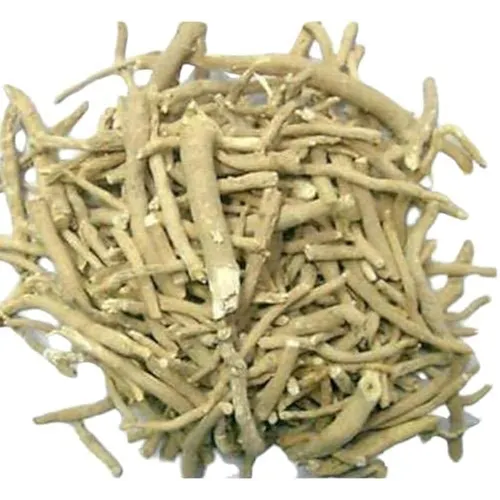Description
At Farm Ayurveda, we recognize the profound value of Sarpagandha in promoting overall well-being. This powerful herb offers a natural approach to managing stress and maintaining healthy blood pressure levels, making it a valuable addition to holistic health practices. Its efficacy in promoting a sense of calm has cemented its place as a cornerstone in traditional remedies for centuries.


